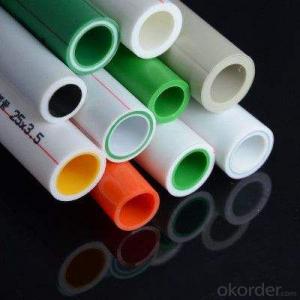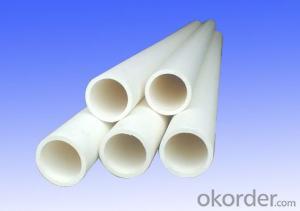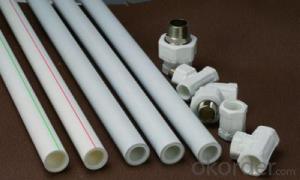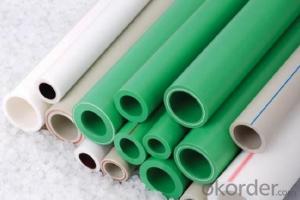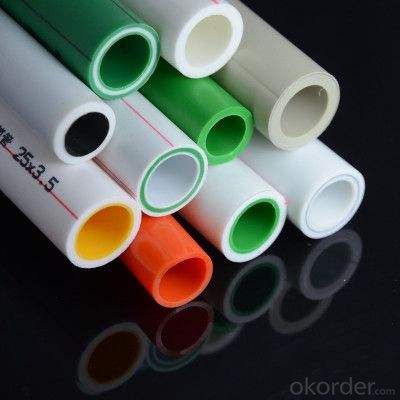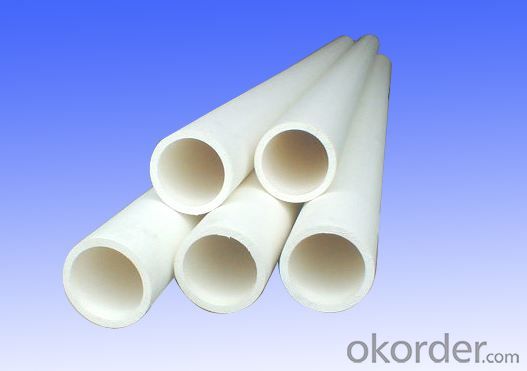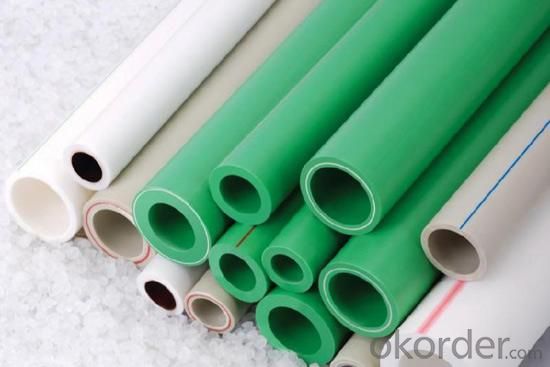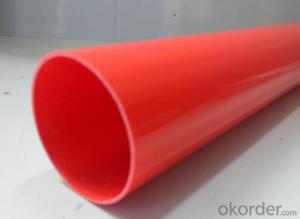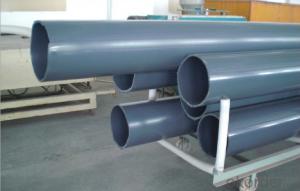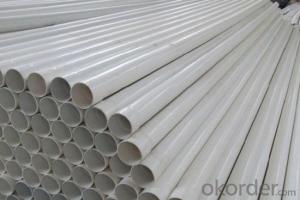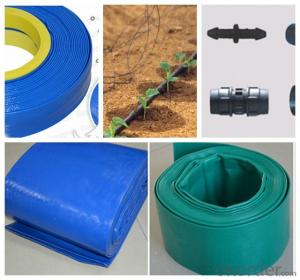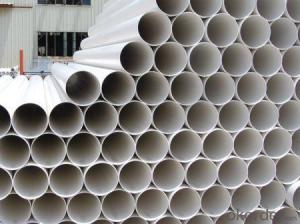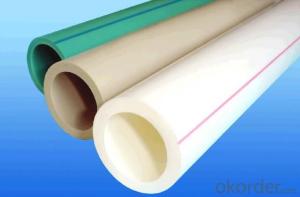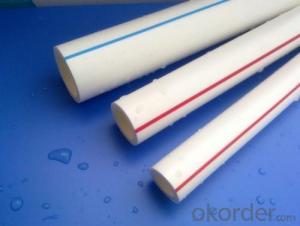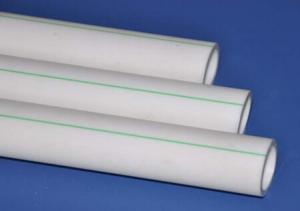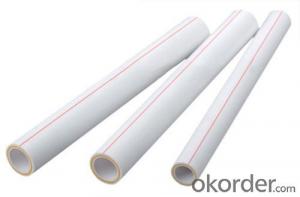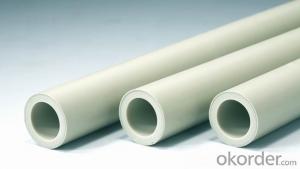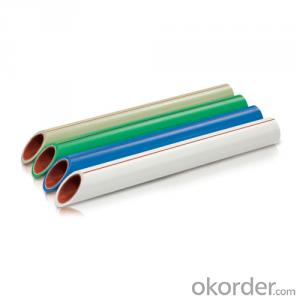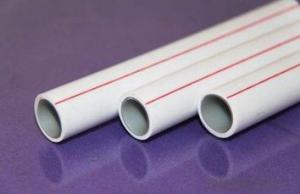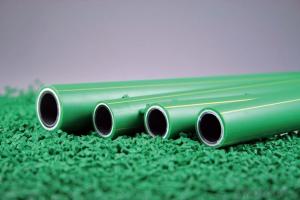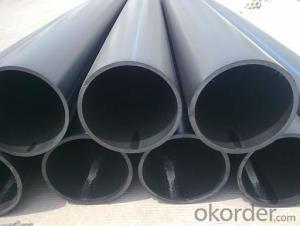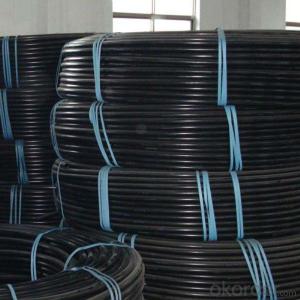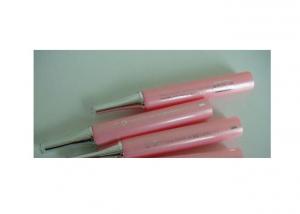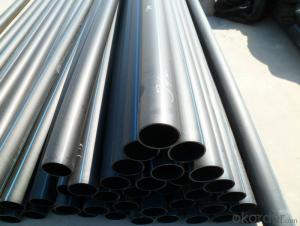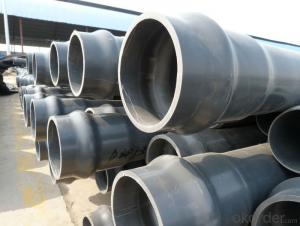Plastic Tubes - 2024 PPR Pipe for Landscape Irrigation and Drainage Application
- Loading Port:
- Qingdao
- Payment Terms:
- TT OR LC
- Min Order Qty:
- 1000 pc
- Supply Capability:
- 100000 pc/month
OKorder Service Pledge
OKorder Financial Service
You Might Also Like
Product Overview
PP-R (polypropylene random) tube called type three polypropylene pipe and is also called the PP-R pipe or PPR pipe, with energy saving, environmental protection, high strength, corrosion resistance, with smooth inner wall has the advantages of scale, construction and easy maintenance, long service life, widely used in building water supply and drainage, urban drainage city gas and power cable sheath, and industrial fluid transportation, agricultural irrigation construction, municipal, industrial and agricultural fields. The PP-R pipe is made of random copolymerized polypropylene and is extruded into tubes to be molded into tubes.
Specifications
Standard: DIN8077/8078
Material: R200P from Korea
Size: DN20-63
Color: Green, White, Grey, Blue
Packaging Details:
1. Large carton: 515 x 400x 220 Cubage: 0.04532 M3
Small carton: 390x255x250 Cubage: 0.0248 M3
2. PE poly bag+ carton Delivery Detail: 15 days/ 20" container; 25 days/ 40HQ
Applications of PPR Pipe (white, gray):
1) Cold and hot water supply systems for civil and industrial constructions, e.g. in residential buildings, hospitals, hotels, school and office buildings, ship building
2) Drinking water systems and food industry pipe works
3) Central air conditioning system
4) Irrigating system for gardens and green houses
5) Public and sport facilities such as swimming pools and stadiums
6) For rainwater utilization systems
Product Description
1.Material : | PPR |
2.Color: | White, Gray, Green, or as you required. |
3.Size: | 20-110mm |
4.Logo: | CMAX or Customized |
5.MOQ | 500pcs |
6.Samples Time: | (1) 4-5days-If you want to customize your logo. |
(2) 1day-For our existing samples for reference. | |
7.OEM Accepted | Yes |
8.Certification available: | Yes |
9.Packing Details: | Weaving Bag |
10.Production Capacity: | 5,000,000pcs Per month. |
11.Payment Term: | (1) L/C,T/T,D/P |
Product Show
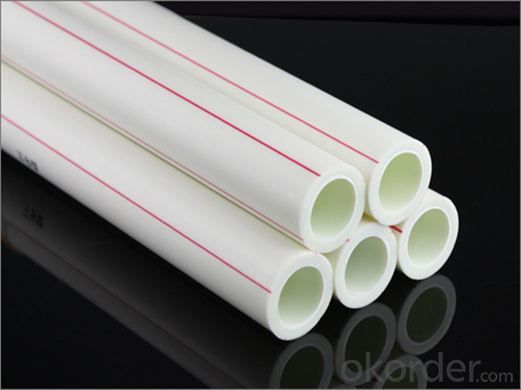
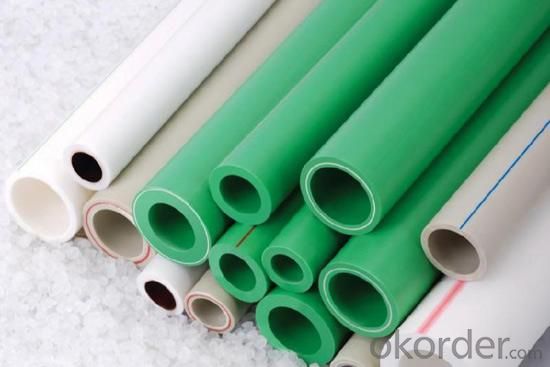
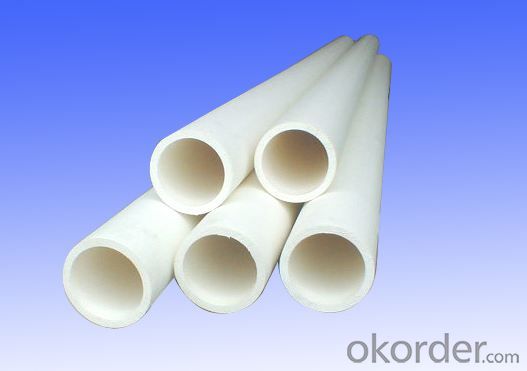
Our Services
1. OEM Manufacturing welcome: Product, Package...
2. Sample order
3. We will reply you for your inquiry in 24 hours.
4. after sending, we will track the products for you once every two days, until you get the products. When you got the
goods, test them, and give me a feedback.If you have any questions about the problem, contact with us, we will offer
the solve way for you.
- Q: Can plastic tubes be used for oil lines?
- Yes, plastic tubes can be used for oil lines.
- Q: How can the three plastic pipes be fixed in the installation quota?
- The budget quota which are generally according to the pipe link to the corresponding set of quota items, a lot of connection of plastic pipe, such as welding, welding connection, adhesive bonding etc..
- Q: Are plastic tubes suitable for use in the automotive industry?
- Yes, plastic tubes are suitable for use in the automotive industry. They offer advantages such as flexibility, corrosion resistance, and lighter weight compared to metal tubes. Plastic tubes are commonly used in various applications within vehicles, including fuel lines, coolant systems, and air intake systems.
- Q: Owner of Toyota Corolla 95 4AFE: What do you call the (rubber/plastic) tube connecting the air filter to the engine?
- air intake, air intake acordian.
- Q: Are plastic tubes suitable for electrical conduit?
- No, plastic tubes are not suitable for electrical conduit as they lack the necessary fire resistance and durability required for electrical wiring systems.
- Q: The connection between the plastic tube and the metal tube seems not so simple
- The pipe you want to connect can be connected by the corresponding joint. It's simple
- Q: Can plastic tubes be used for industrial labeling?
- Yes, plastic tubes can be used for industrial labeling. They are commonly used in various industries such as manufacturing, warehousing, and logistics to label products, shelves, containers, and equipment. Plastic tubes offer durability, flexibility, and resistance to water, chemicals, and UV rays, making them suitable for industrial environments. They can be easily customized with labels, barcodes, or QR codes to provide clear identification and tracking.
- Q: can you use copper piping to fire firework rockets instead of plastic tubes ?
- Yes, it is better because if the tube explodes, x-rays cannot find plastic in your body but copper will show up.
- Q: How do plastic tubes compare to Teflon tubes in terms of chemical resistance?
- Plastic tubes generally have good chemical resistance, but Teflon tubes are known for exceptional chemical resistance due to their non-reactive nature and low surface energy.
- Q: Can the tap water plastic pipe connect with the old water pipe?
- The tap water plastic pipe can be connected with the old water pipe.Plastic water pipes and iron pipes need to be connected with external thread. Buy a double headed nut (with the same thread specifications) hose short connection, the nuts are screwed in the plastic water pipe and iron pipe at both ends, you can complete the connection work. Convenient and easy to save and easy to use.
Send your message to us
Plastic Tubes - 2024 PPR Pipe for Landscape Irrigation and Drainage Application
- Loading Port:
- Qingdao
- Payment Terms:
- TT OR LC
- Min Order Qty:
- 1000 pc
- Supply Capability:
- 100000 pc/month
OKorder Service Pledge
OKorder Financial Service
Similar products
Hot products
Hot Searches
Related keywords
